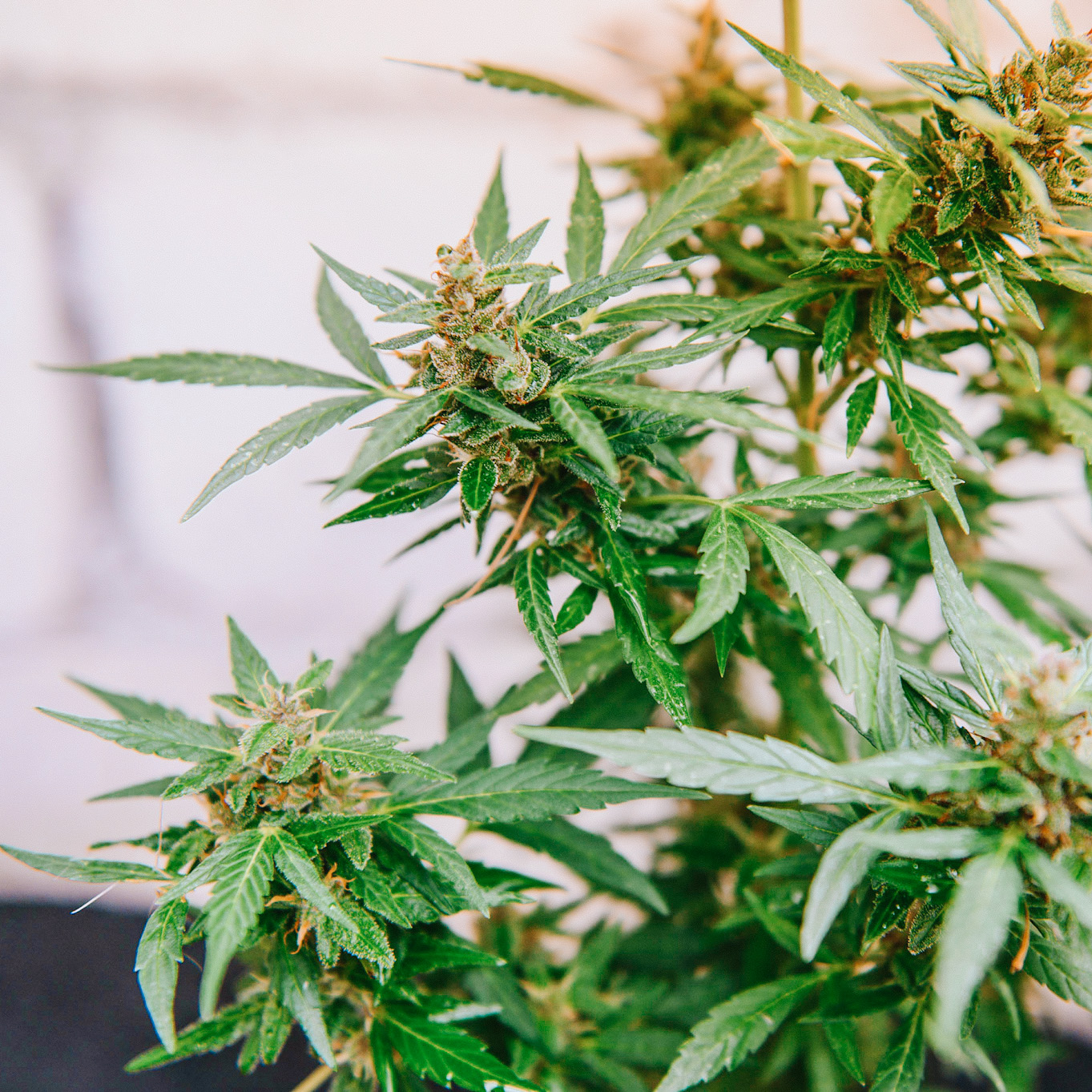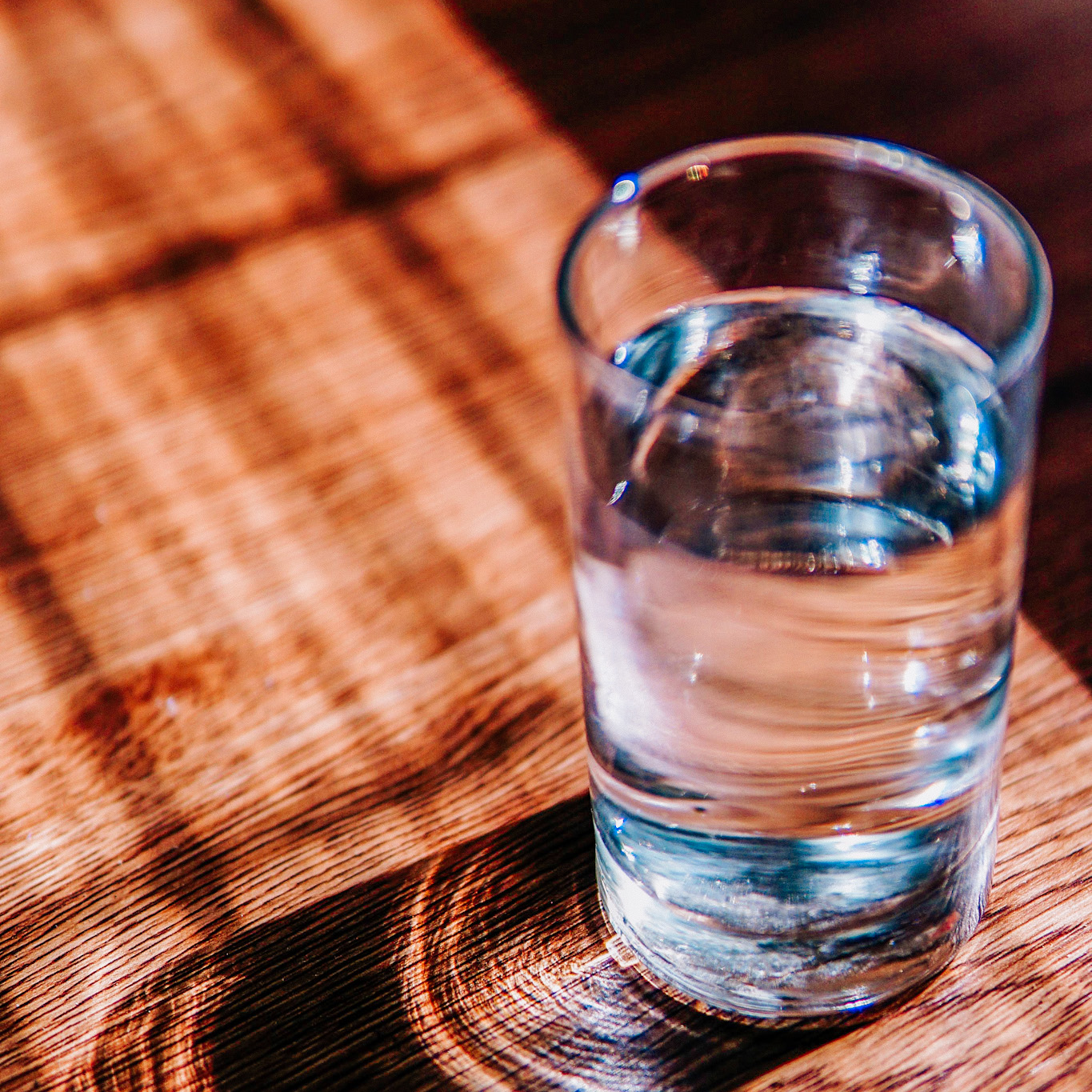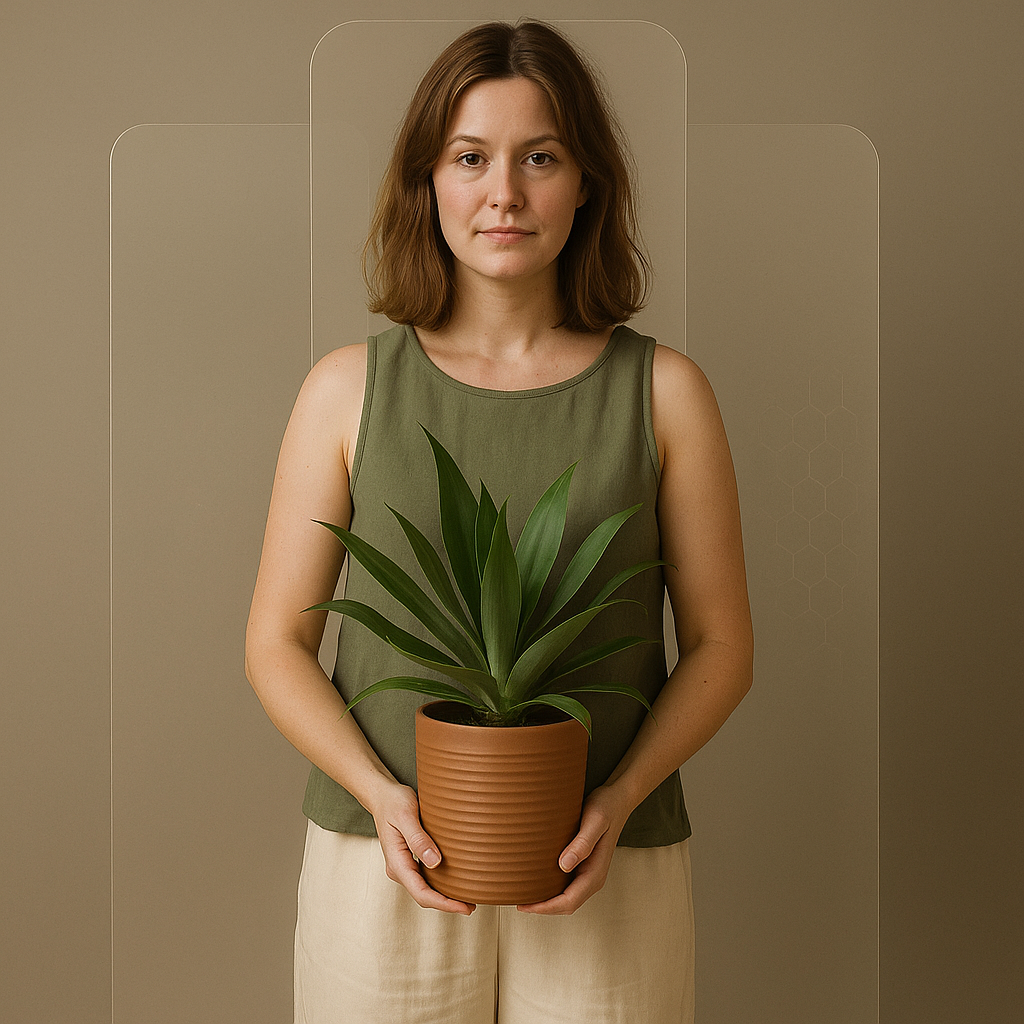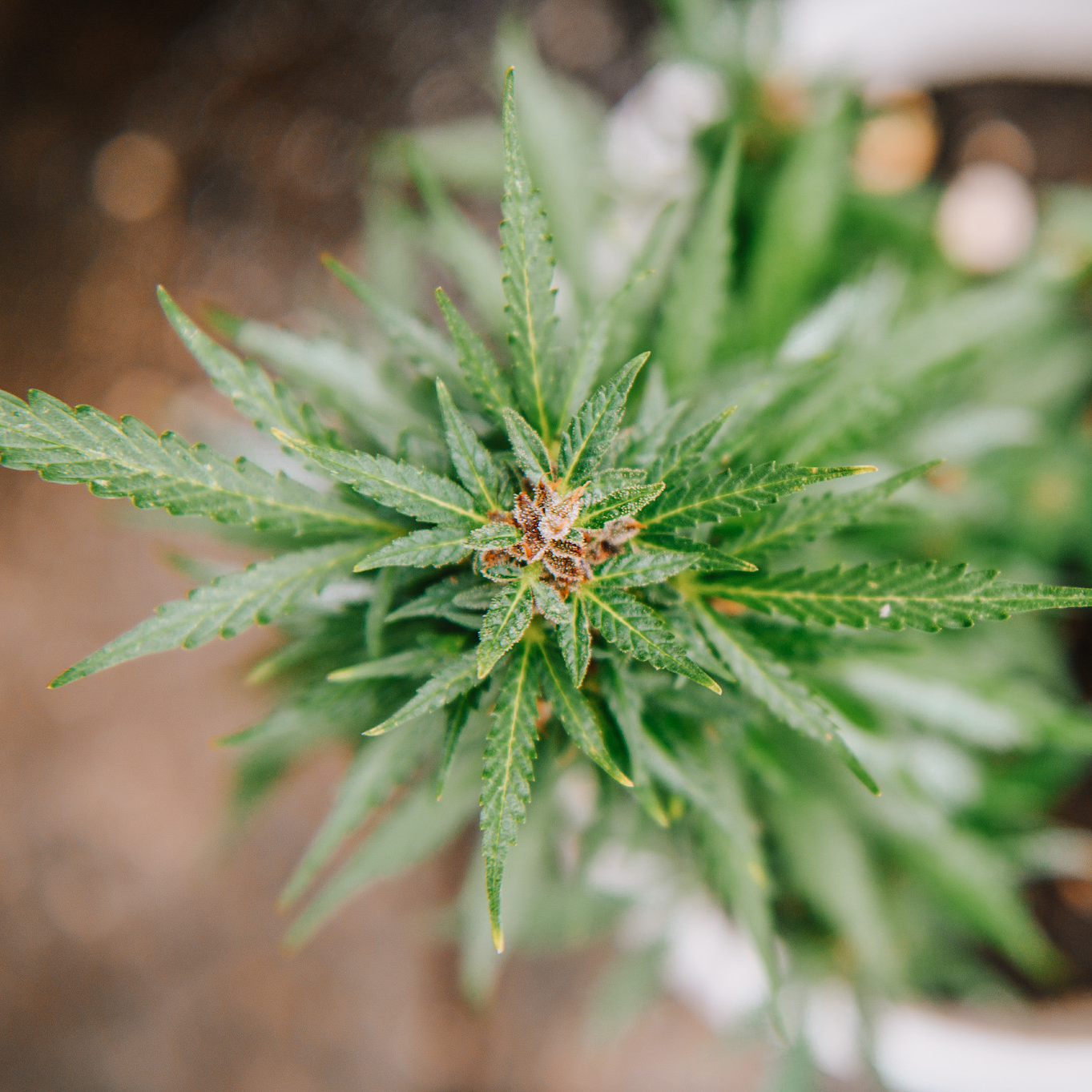That's why some CBD skin care products don't work

Over the last few months, I have been in contact with people who say they have used skin care products containing CBD but have had no noticeable results. They are therefore skeptical about trying "additional products with CBD".
Since CBD in skin care is currently a global trending topic, there are a bunch of skin care companies that deal with "CBD washing". This means marketing a skin care product with CBD even though it contains an extremely small amount of Cannabinoids.
When CBD is sold for oral use, there are clear directives regarding what companies selling the product must report when it comes to content. Unfortunately, this does not apply to cosmetic products.
I therefore thought I would take this opportunity to explain a little more about how you can determine if a CBD skin care product works or not and what questions you should ask a CBD skin care provider before you decide to invest in a product .
First and foremost, it is important to understand what the different ingredients mean on the product's list of ingredients (INCI):
Cannabis Sativa Seed Oil (Hemp seed oil) – Although hemp seed oil is extracted from the cannabis plant, it does not contain any cannabinoids (CBD, CBG or similar). However, this ingredient works in several different ways but should not be associated with CBD or "CBD skin care".
Cannabidiol (CBD) – This ingredient means that the product contains “100% pure CBD”. When you see this ingredient on the ingredient list, you know for sure that the product contains CBD. However, not which is the exact amount. I describe how you find this out later in the text.
Cannabigerol (CBG) – This ingredient means that the product contains “100% pure CBG”. Like Cannabidiol (CBD), this name shows that the product contains pure CBG.
Cannabis Sativa Leaf Extract / Cannabis Sativa Leaf Oil – This describes an extract from the Cannabis plant that can contain several different Cannabinoids, terpenes and more. However, it is not clear from the ingredient on the INCI how much of this oil is actually "CBD" and/or "CBG". It is voluntary for a skin care supplier to be transparent and clarify how much of the different substances this ingredient contains.
CBD amount
Now that we know what the different INCI names stand for, we can go into the amount of Cannabinoids per product. This is also very clever for you as a consumer as there are very few directives for what a CBD skin care supplier must report.
The easiest way to find out how much pure CBD and CBG a product actually contains is to ask the supplier (unless this is already described in the product description). The information you must have to calculate the % amount of CBD/CBG in a product is the size of the product and how much pure CBD and CBG the product contains.
Here below are a number of mathematical examples of how you can find out how many percent Cannabinoids a skin care product contains:
Example 1 - Facial Oil
Size of product: 10 ml
Amount of pure CBD: 10,000 mg
Percentage of CBD in product: 10,000 mg / 100,000 mg ( 10 ml) = 10
Example 2 - Serum
Size of the product: 30 ml
Amount of pure CBD: 10,000 mg
Percentage of CBD in the product: 10,000 mg / 300,000 mg (30 ml) = 3%
Example 3 - Moisturizer
Size of the product: 50 ml
Amount of pure CBD: 3000 mg
Percentage of CBD in the product: 3000 mg / 500000 mg (50 ml) = 0.6%
Amount of Cannabinoids Needed
Now we come to the question - "What percentage of cannabinoids must be present in a product for it to be effective?". At the risk of disappointing you, the answer to this question is not simple either. What studies have so far concluded is that different amounts are required based on which cannabinoid we are talking about. For example, we know that a much lower amount of CBG than CBD is required to produce results on the skin. In addition, the results of the cannabinoids increase if they are part of the same product (also called "the Entourage Effect").
We have personally tested a number of different sets and concluded that a minimum of 10% CBD and 0.2% CBG is required to achieve an exceptional result on the skin. If there is not enough CBD / application, the results will be reduced or absent altogether.
Confusion
If you're still confused, you're not alone. It is very difficult to navigate the CBD jungle. So here is some advice when looking for CBD skin care products:
- Only buy CBD skin care that clearly states how much pure CBD and CBG the product contains. This should be stated in % on the packaging or as part of the INCI alongside the Cannabis Sativa Leaf Extract. Always be wary of companies that do not clearly state the amount of Cannabinoids in their products.
- If you buy products from other countries (even within the EU), you must be careful that the product does not contain any THC. European legislation states that a skin care product may contain a maximum of 0.2% THC, but Sweden's legislation has a zero tolerance for THC. This means that a skin care product containing THC is classified as a drug in Sweden.
- Be careful with what other ingredients the skin care product contains. The purpose of using Cannabinoids in skin care is to support the skin's evolutionary natural functions and reduce the risk of inflammation. If a skin care product contains a lot of ingredients that we evolutionarily shouldn't have on the skin, this can increase the risk of inflammation and a lower microbial diversity. You absolutely do not want this as it is devastating for short- and long-term good skin health.
Conclusion
Developed over 1.9 million years of evolution, our skin is made up of an amazingly complex array of microbes, skin cells, sebum and endocannabinoids that work together to create balance. The skin is not built for us to constantly add "foreign" ingredients to it as this can create chaos in the interaction between the different parts. Therefore, use as few skin care products as possible and make sure that the products you use support the skin's evolutionary natural functions.




Comments